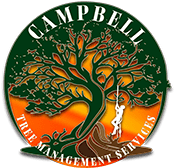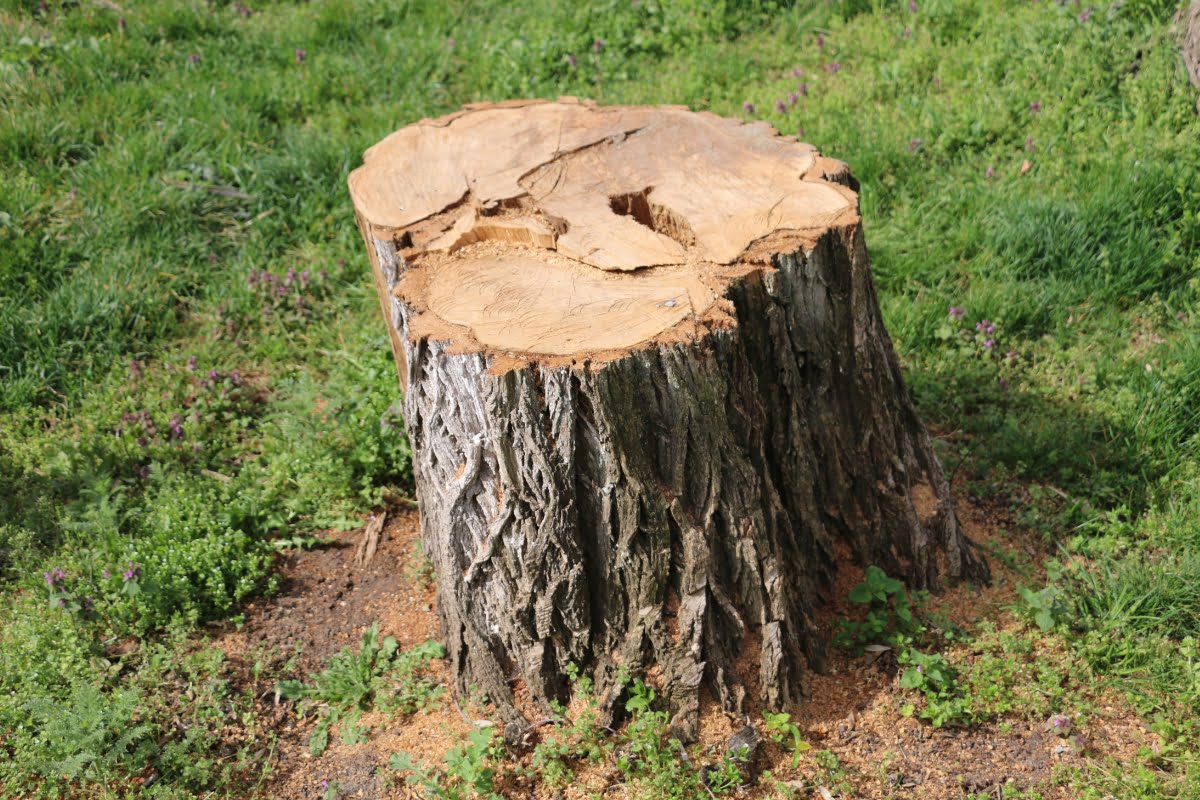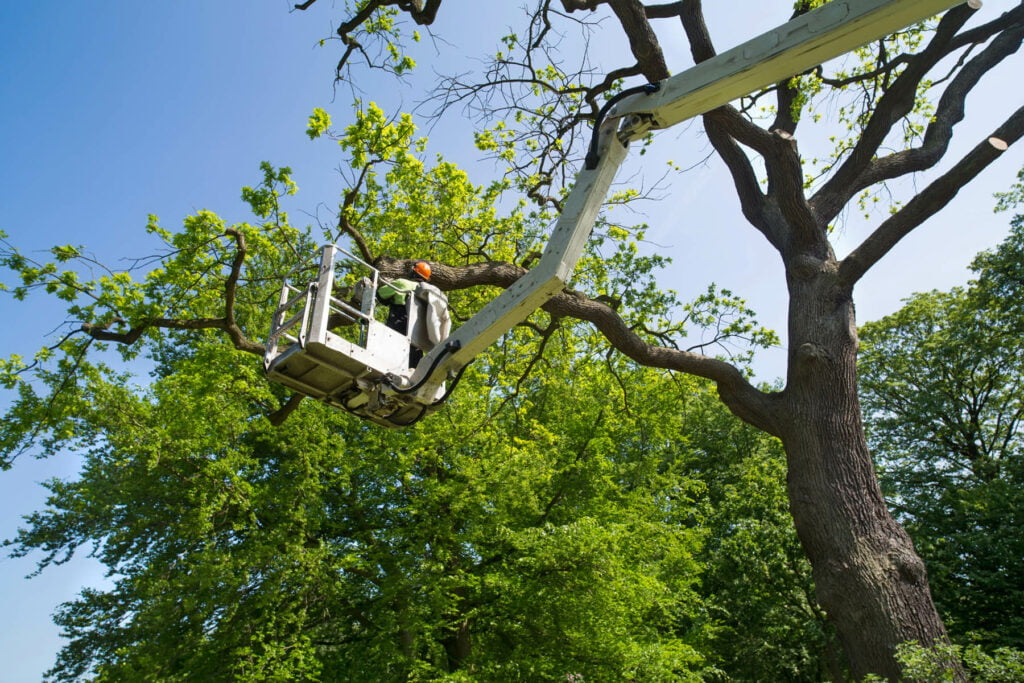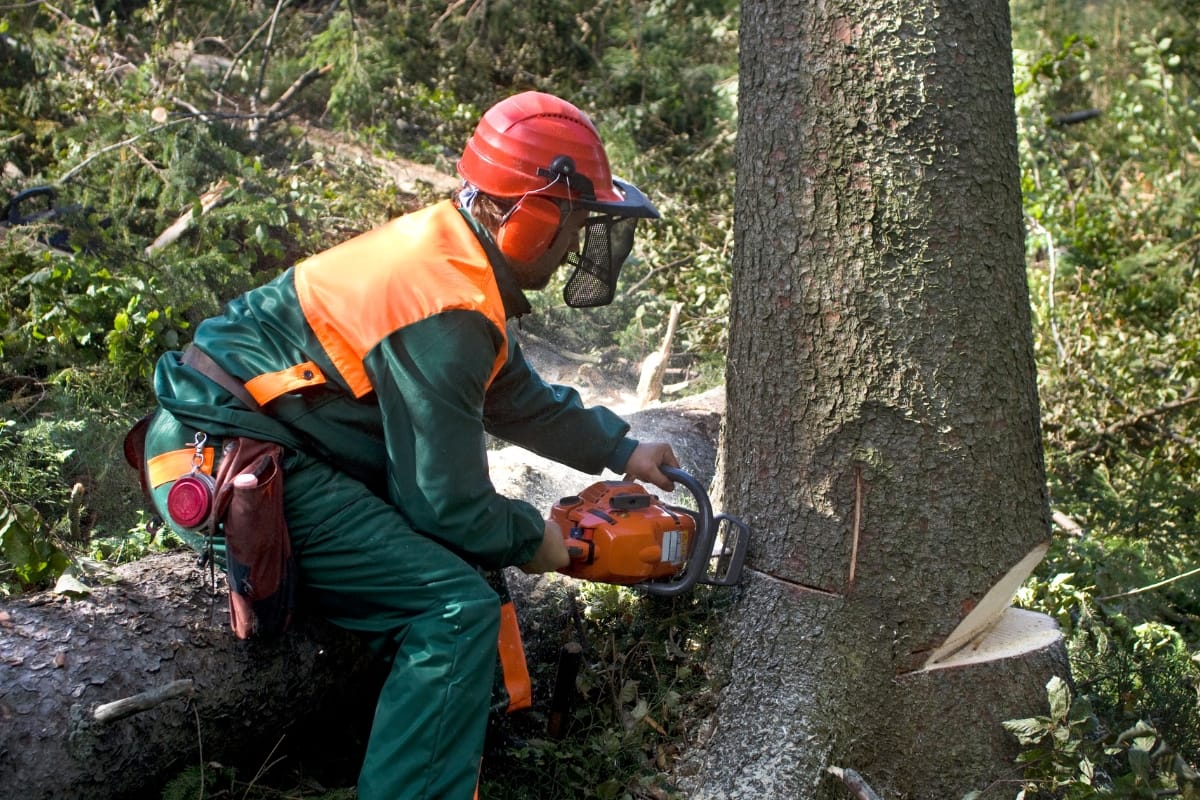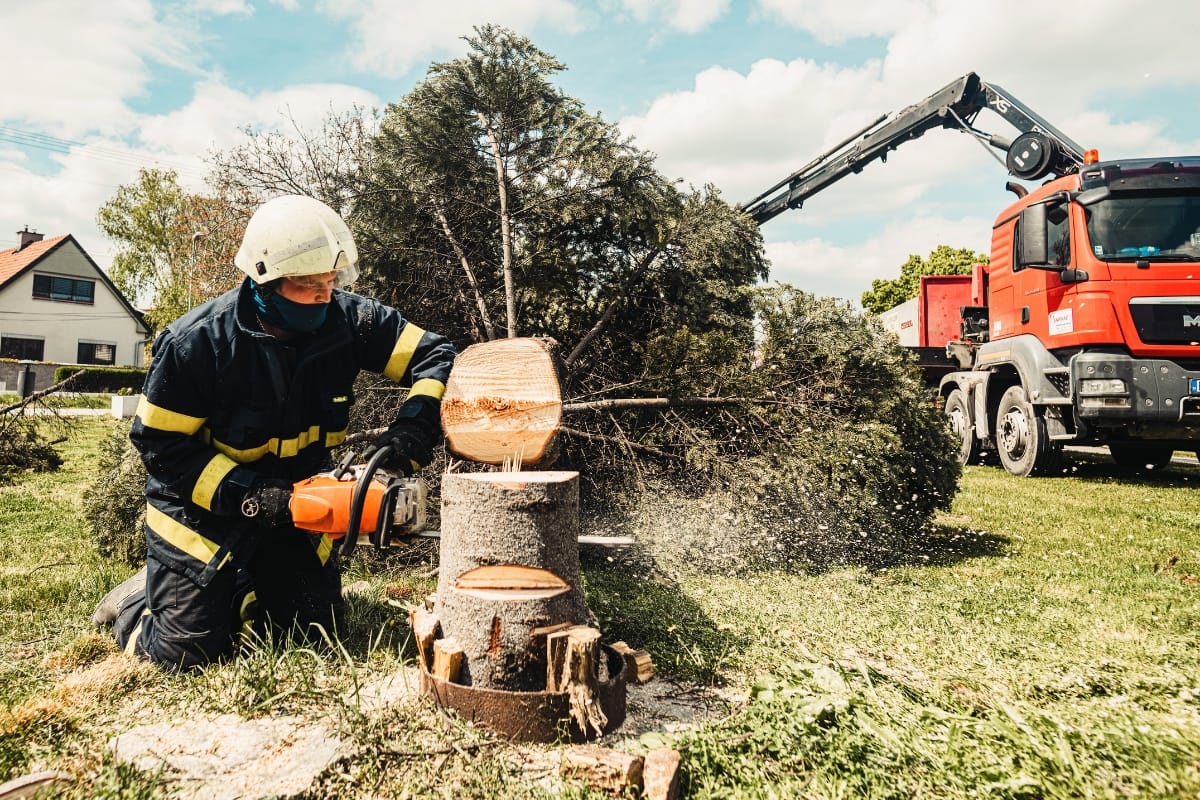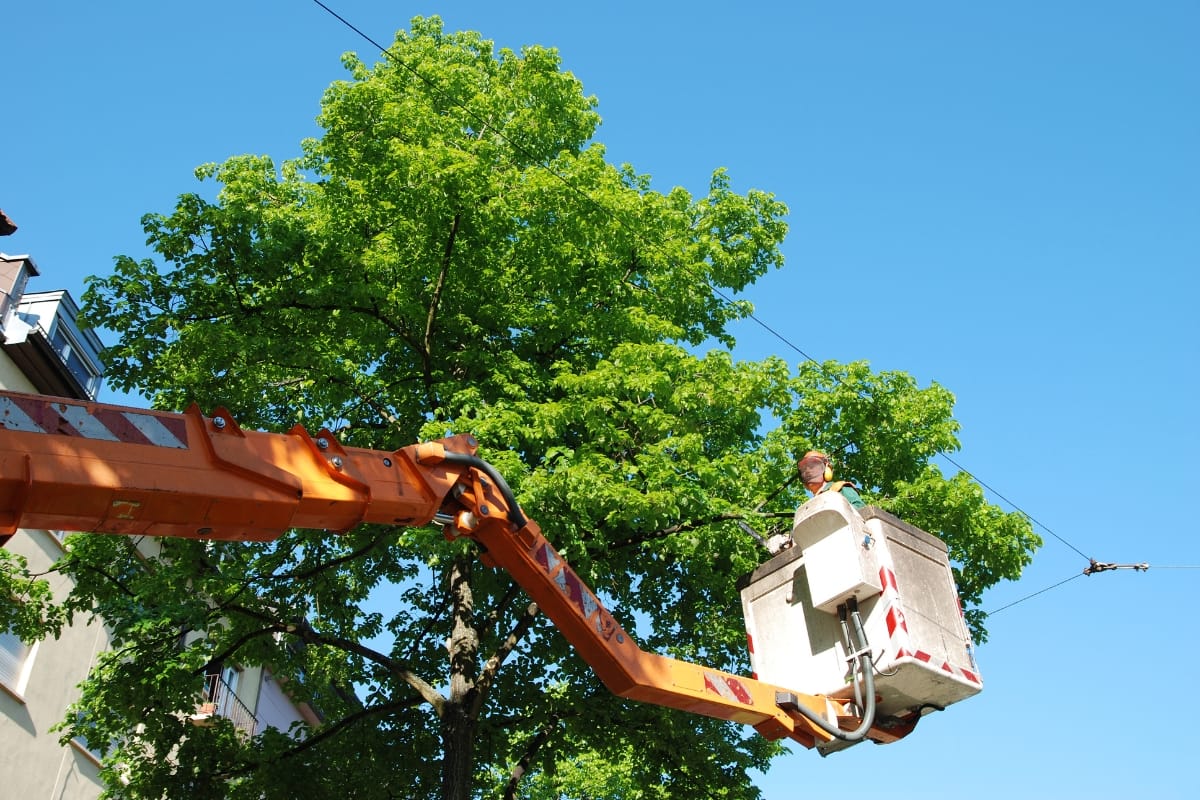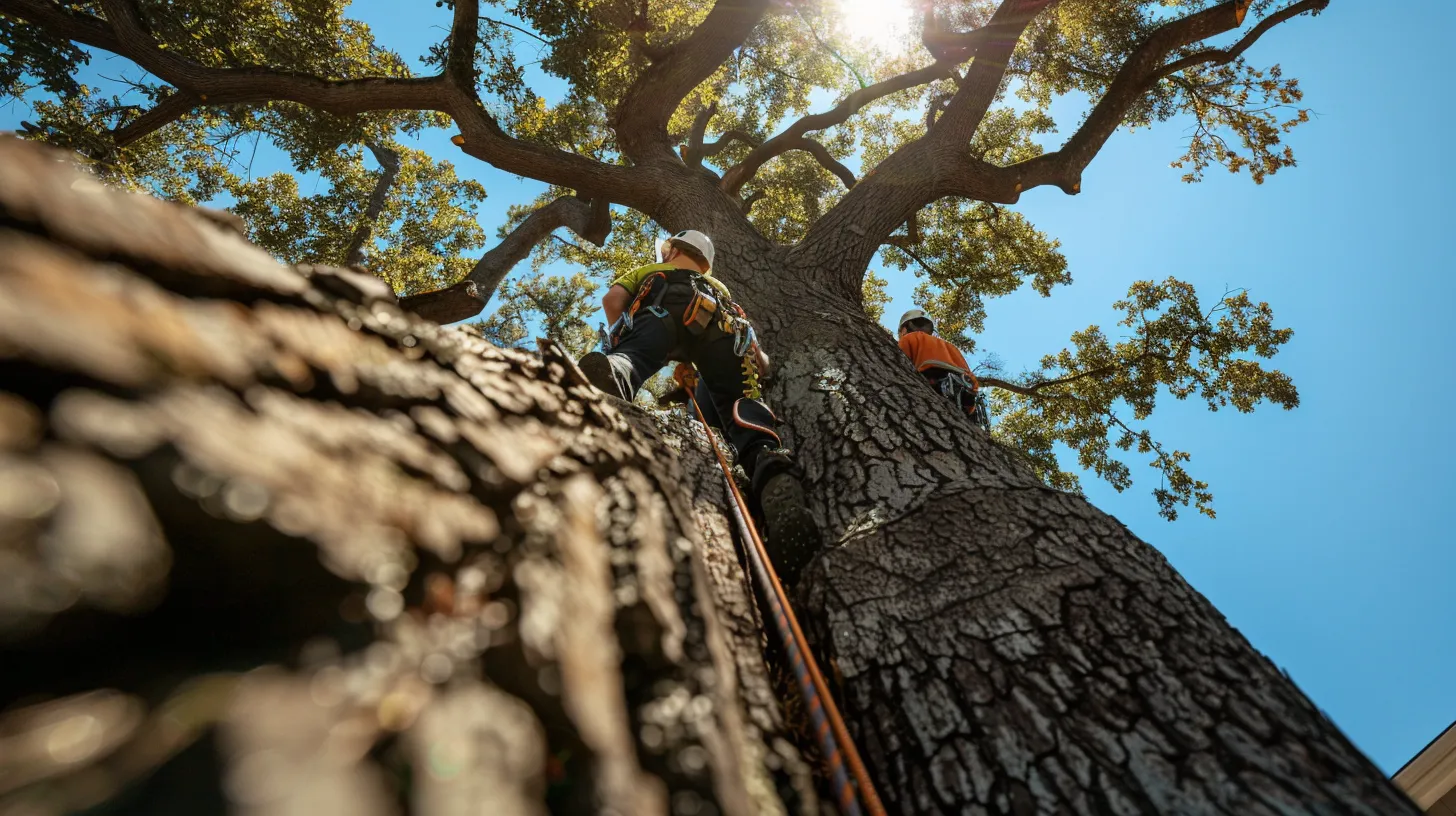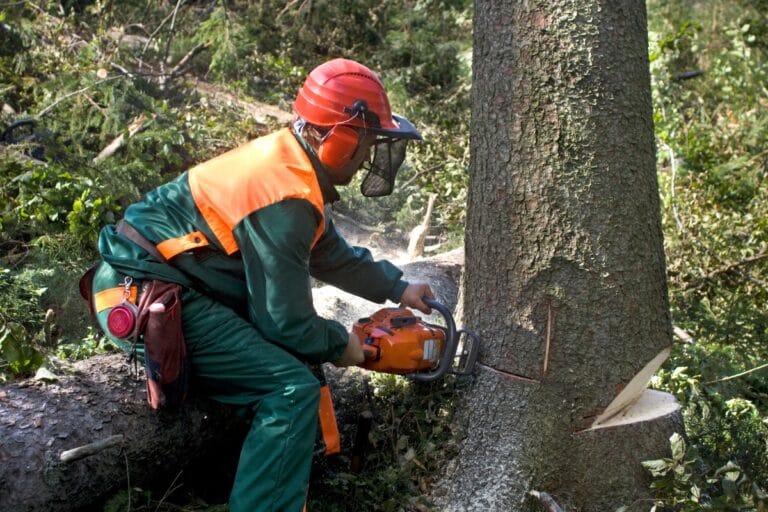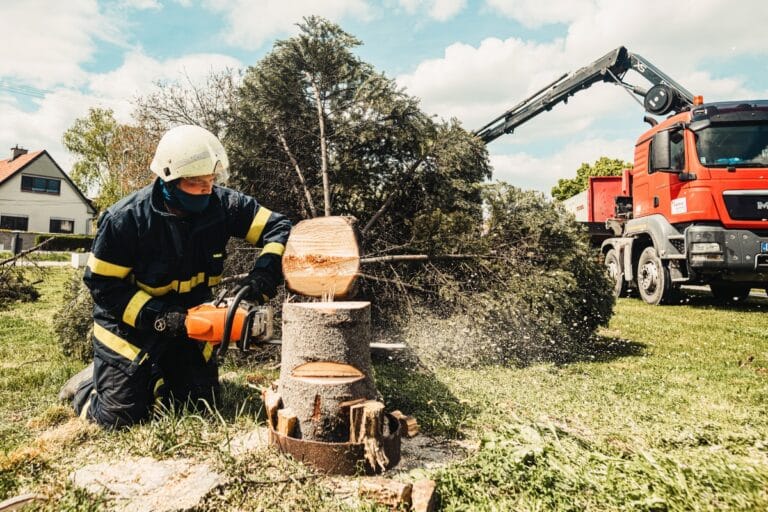Removing a tree stump from your property can be a daunting task, but with the right knowledge and techniques, it’s a challenge that can be conquered. Whether you’re looking to reclaim space in your yard or prevent potential hazards, knowing how to remove a tree stump effectively is essential.
In this comprehensive guide, we’ll delve into the expert tips and tricks for tackling this task with confidence. From DIY methods to professional services, we’ll explore a range of options to help you choose the best approach for your specific situation. Get ready to bid farewell to that stubborn tree stump as we uncover the secrets to successful stump removal.
Unleash Your Yard’s Potential: Discover How to Remove Tree Stumps with Ease!
Understanding the Anatomy of a Tree Stump
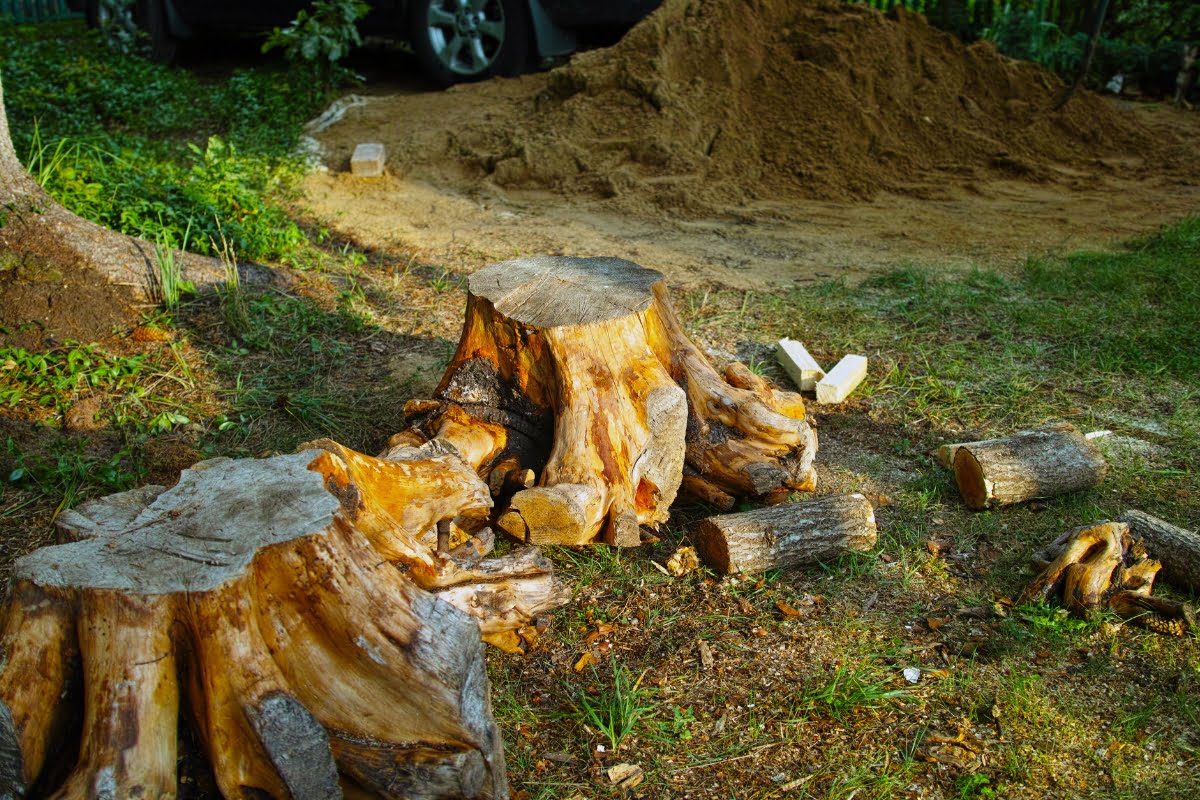
When it comes to understanding the anatomy of a tree stump, it’s essential to grasp the structure and composition of this remnant of a tree. Tree stumps are the base portion of a tree left in the ground after it has been cut or fallen. They consist of several key components that play a role in their resilience and longevity.
Firstly, the roots of a tree stump extend deep into the ground, anchoring it firmly in place. These roots can vary in size and thickness depending on the tree species and age. Removing a tree stump involves dealing with these intricate root systems to ensure a thorough extraction.
Secondly, the stump itself comprises the remaining trunk and branches of the tree. Over time, the outer layers of the stump may decompose, while the core remains sturdy and solid. This core is often the most challenging part to remove when dealing with a tree stump.
Furthermore, tree stumps can house a complex network of vascular tissues that once transported water and nutrients throughout the tree. Understanding the distribution of these tissues within the stump is crucial for effective removal techniques.
In the process of removing a tree stump, it’s important to consider the interplay between these components. By strategically addressing the roots, trunk, and vascular tissues, you can effectively eliminate the tree stump from your landscape.
Tools of the Trade: Essential Equipment for Stump Removal
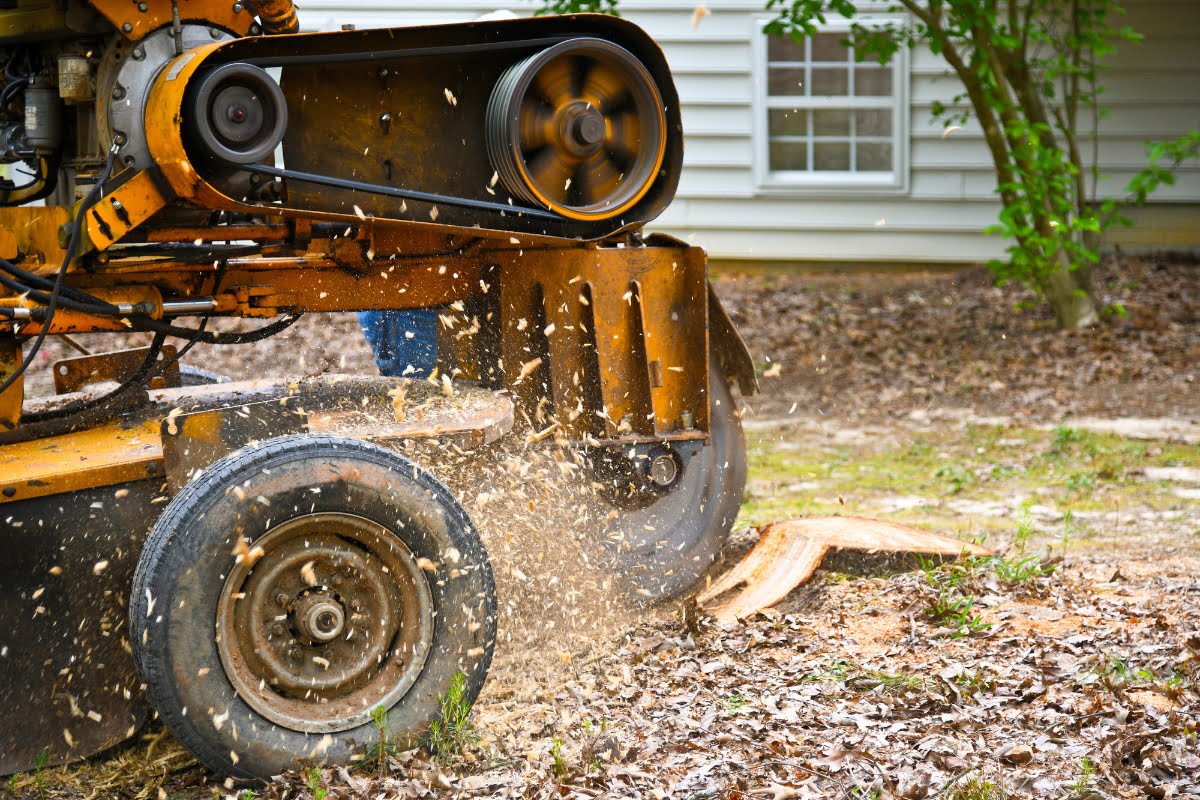
When it comes to tackling the task of removing a tree stump, having the right tools at your disposal is essential. Here are the key equipment you’ll need for efficient stump removal:
- Chainsaw: A high-powered chainsaw is the first tool you’ll need to cut down the stump to ground level. Make sure it’s sharp and in good working condition for smoother cutting.
- Mattock: A mattock is a versatile tool that combines a pick and an adze, making it ideal for digging around the stump and loosening the soil.
- Stump Grinder: For larger stumps, a stump grinder is a must-have tool. This powerful machine grinds the stump into small wood chips, making the removal process much easier.
- Ax and Wedge: An ax and wedge are handy for splitting the stump into smaller sections, which can then be removed more easily.
- Shovel: A sturdy shovel is essential for digging out the smaller roots and loosening the soil around the stump.
- Safety Gear: Don’t forget to gear up with safety equipment such as gloves, goggles, and sturdy boots to protect yourself during the stump removal process.
- Wheelbarrow: To transport the wood chips and debris generated during the removal process, a wheelbarrow will come in handy.
- Backhoe or Excavator: For large or stubborn stumps, you may need to enlist the help of a backhoe or excavator to uproot the stump more effectively.
- Rope and Chains: Utilize ropes and chains to secure the stump for easier removal or to assist in pulling it out with a vehicle.
- Grub Hoe: A grub hoe is excellent for cutting through tough roots and further loosening the soil around the stump.
By having these essential tools of the trade at your disposal, you can efficiently tackle the task of removing a tree stump and reclaim your outdoor space with ease.
Chemical Solutions vs. Natural Remedies: Pros and Cons
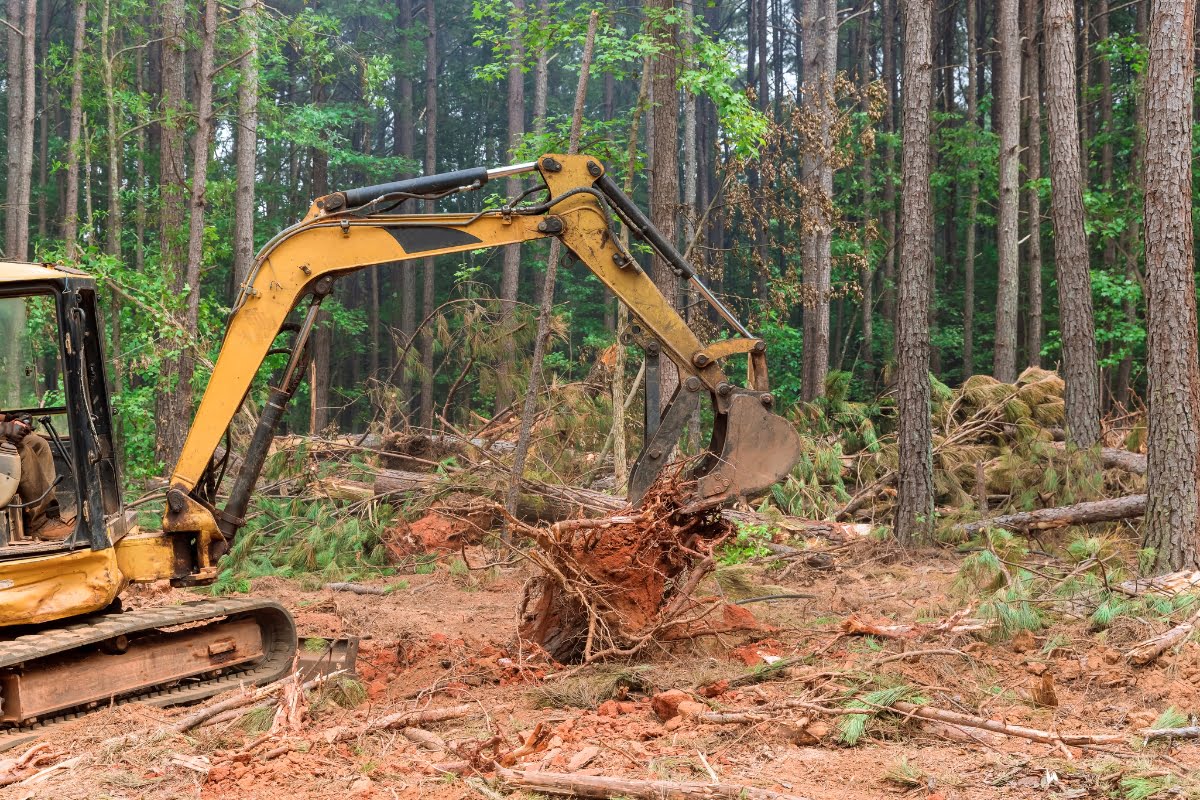
When it comes to removing a tree stump, there are various methods to consider, each with its own set of pros and cons. In this case, the choice often boils down to using chemical solutions or natural remedies. Let’s weigh the advantages and disadvantages of both approaches.
Chemical solutions are often favored for their efficiency. They typically involve applying chemicals to the stump, which accelerate its decomposition process. This method is known for being relatively quick, especially for larger stumps that might take longer to decay naturally. However, one major downside is the environmental impact of these chemicals, as they may contain harmful substances that can leach into the soil.
On the other hand, natural remedies offer an eco-friendly alternative. Techniques like using Epsom salt or vinegar to break down the stump are popular among environmentally conscious individuals. While natural remedies are less harmful to the environment, they can be slower and may require more effort to completely remove the stump.
In terms of cost, chemical solutions are generally more expensive upfront, as you need to purchase the chemicals required for the process. Natural remedies, on the other hand, are often more cost-effective since the ingredients are readily available and affordable.
When considering safety, it’s essential to note that handling chemical solutions requires careful attention and protective gear to avoid any potential hazards. Natural remedies, being organic in nature, are typically safer to use and pose fewer risks to both humans and pets.
Ultimately, the choice between chemical solutions and natural remedies comes down to personal preferences, environmental concerns, budget constraints, and the urgency of the stump removal. Both methods have their own set of advantages and disadvantages, so it’s crucial to weigh them carefully before deciding which approach to take when tackling the task of removing a tree stump.
Digging Deeper: Manual Methods for Stubborn Stumps
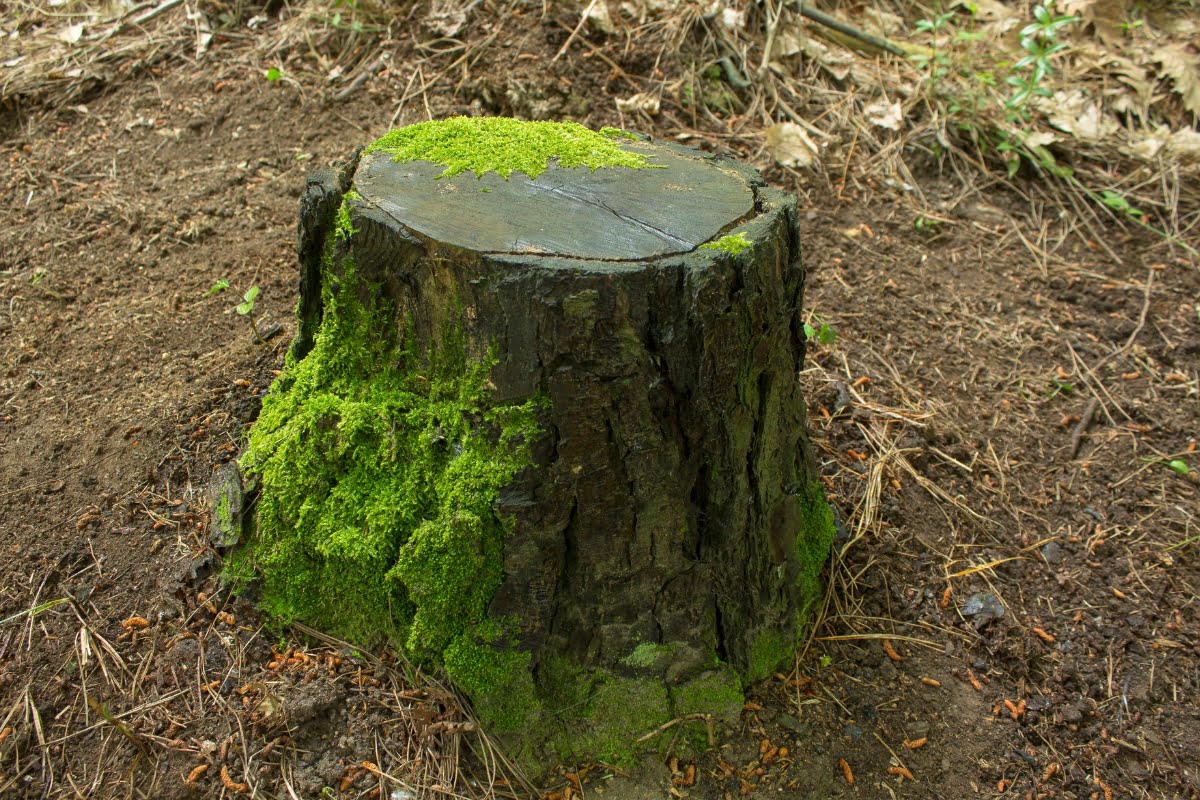
When it comes to addressing stubborn stumps in your garden or backyard, sometimes manual methods can prove to be the most effective. Rather than relying on expensive machinery or chemicals, getting your hands dirty with some tried-and-true techniques can yield great results.
One of the first steps in tackling a tree stump is to assess its size and condition. This will help you determine the best approach for removal. For smaller stumps, a combination of digging, chopping, and pulling may be sufficient. Larger stumps, however, may require a bit more muscle and determination.
To begin the process, start by digging around the base of the stump to expose the roots. This will make it easier to cut through them with an axe or saw. Be sure to wear protective gear, such as gloves and goggles, to prevent injury during this step.
Once you have cut through the roots, you can begin to loosen the stump from the ground. This may require some heavy lifting and leverage, so be prepared to put in some effort. If the stump is particularly stubborn, you can try using a pry bar or even a vehicle to help pull it out.
After the stump has been removed, you may be left with a hole in the ground. Fill this in with soil and pack it down firmly to prevent any tripping hazards. You can also consider planting new vegetation in its place to restore the beauty of your outdoor space.
By taking a hands-on approach to stump removal, you can save money and enjoy the satisfaction of a job well done. So grab your tools and get to work on those stubborn stumps – your garden will thank you for it.
The Power of Mechanical Assistance: Using a Stump Grinder
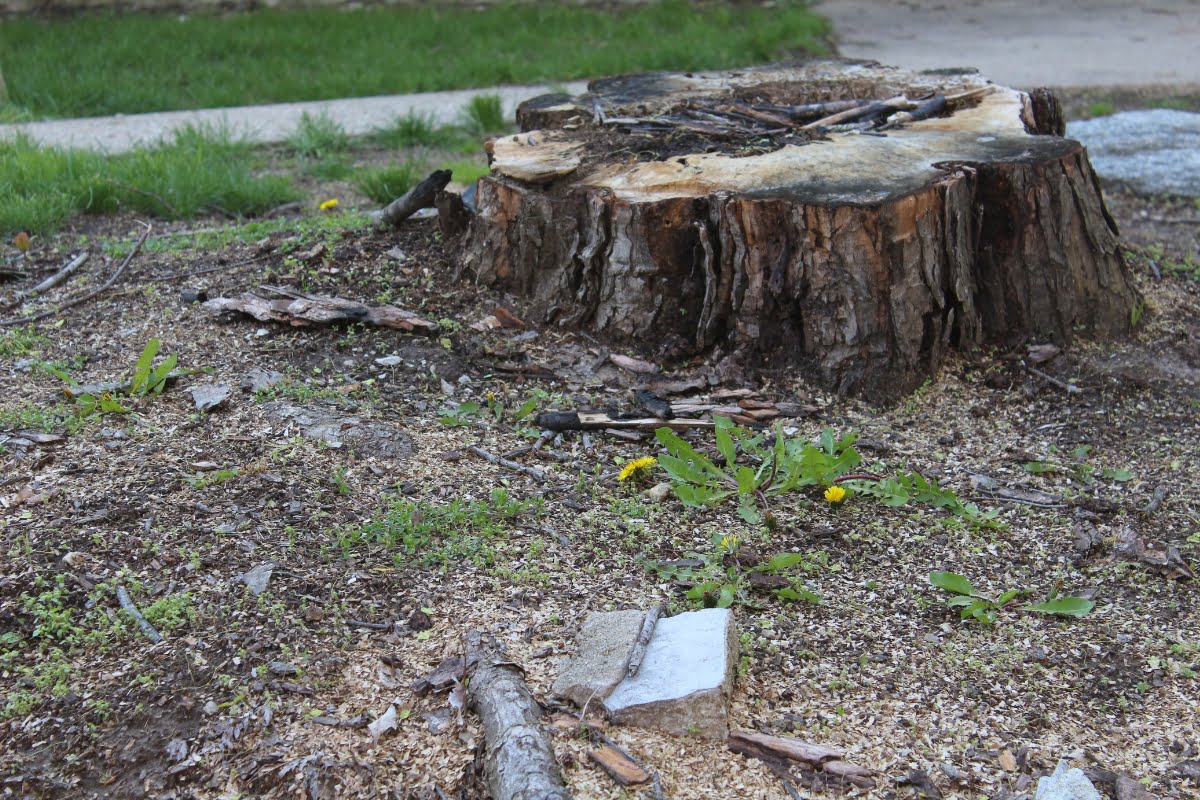
When it comes to tackling the task of removing a tree stump, understanding the power of mechanical assistance can make a significant difference. One such powerful tool in this context is the stump grinder. Operating a stump grinder efficiently requires some expert tips and tricks, especially when dealing with stubborn tree stumps.
Using a stump grinder is a practical solution for effectively removing tree stumps without excessive manual labor. The grinder’s rotating cutting disc grinds the stump into small wood chips, making the removal process quicker and more manageable.
One expert tip for using a stump grinder is to start by clearing the area around the stump. Remove any rocks, debris, or large roots that could interfere with the grinder’s operation. Ensuring a clear workspace not only enhances safety but also allows for a smoother grinding process.
Before operating the stump grinder, it is crucial to wear appropriate safety gear, including goggles, gloves, and ear protection. Stump grinding can produce flying debris and noise, making safety gear essential for protecting yourself during the removal process.
When positioning the stump grinder, make sure it is stable and secure before starting the engine. Adjust the cutting depth to the appropriate level, typically a few inches below the ground to ensure complete stump removal. Slowly lower the cutting disc onto the stump, using a back-and-forth motion to grind the stump gradually.
As you grind the stump, be mindful of any underground utilities or irrigation systems that may be near the stump. Carefully maneuver the grinder to avoid damaging these essential components while focusing on grinding the stump effectively.
Once the stump is ground down to below ground level, continue grinding outward to ensure the complete removal of the roots. Make multiple passes over the stump to reduce it to wood chips, allowing for easier disposal or repurposing.
After the stump is fully ground, clear the area of any remaining debris and fill the hole with soil to level the ground. Consider planting grass or flowers in the area to reclaim the space previously occupied by the tree stump.
Safety First: Precautions and Protective Gear
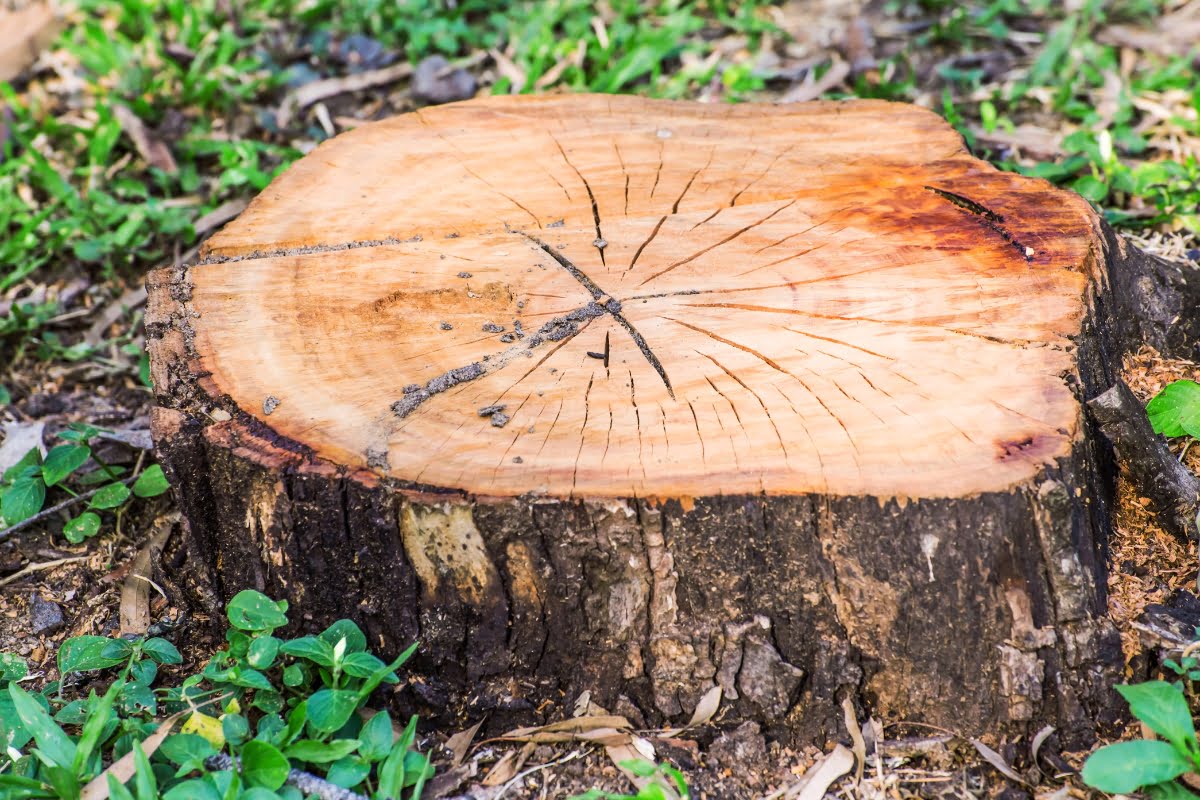
When it comes to how to remove a tree stump, safety should always be the top priority. Proper precautions and protective gear are essential to ensure a smooth and safe stump removal process.
Before starting the stump removal process, it is crucial to wear the necessary protective gear. This includes wearing goggles to protect your eyes from flying debris and gloves to safeguard your hands from sharp objects and blisters.
Additionally, wearing ear protection is vital, especially when using loud equipment such as chainsaws or stump grinders. Protecting your hearing is essential for long-term health and safety.
When operating heavy machinery or tools for stump removal, make sure to wear sturdy boots with non-slip soles for better traction and to prevent any potential accidents.
To further enhance safety during the stump removal process, it is recommended to have a first aid kit nearby in case of any minor injuries. Being prepared for unforeseen circumstances can make a significant difference in handling emergencies effectively.
Moreover, it is essential to follow proper safety protocols and guidelines while removing a tree stump. This includes assessing the surrounding area for any obstacles or hazards that may impede the stump removal process.
Environmental Considerations: Disposal Options for Stump Debris
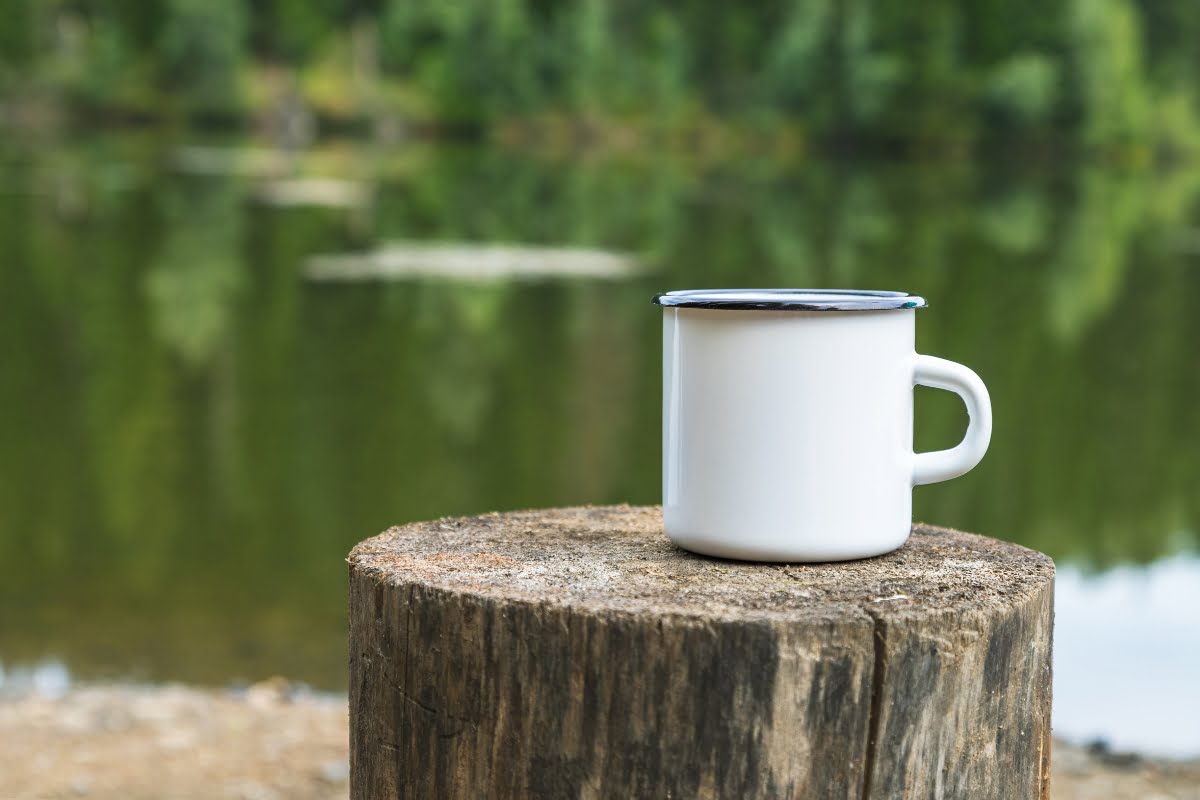
When it comes to environmental considerations in the process of removing a tree stump, exploring the disposal options for stump debris is crucial. Proper disposal methods not only contribute to a cleaner environment but also play a significant role in sustainable practices post-tree removal.
- Composting: One eco-friendly method for disposing of stump debris is through composting. By breaking down the organic material of the stump, composting not only reduces waste but also creates nutrient-rich soil for future use in gardening or landscaping projects.
- Mulching: Another sustainable option is to mulch the stump debris. This process involves grinding the debris into small chips that can be used as a protective layer in garden beds or around your property’s trees. Mulch helps retain moisture in the soil, suppresses weed growth, and improves soil health.
- Biomass Energy: Stump debris can also be converted into biomass energy through processes like wood chipping or pelletizing. This renewable energy source can be used for heating or electricity generation, reducing the reliance on fossil fuels and promoting a greener energy alternative.
- Landfill Disposal: In cases where composting or mulching is not feasible, landfill disposal is an option. However, it should be considered as a last resort due to the environmental impact of sending organic waste to landfills. Properly segregating stump debris from other waste can minimize its impact on landfill space.
- Natural Decomposition: Allowing stump debris to naturally decompose over time is another disposal option. While this method takes longer, it is a low-cost and low-impact way to return nutrients to the soil gradually.
In conclusion, choosing the right disposal option for stump debris is essential for maintaining environmental sustainability. By considering composting, mulching, biomass energy, landfill disposal, or natural decomposition, individuals can contribute to a greener and more eco-conscious approach to tree stump removal.
DIY vs. Professional Services: Making the Right Choice
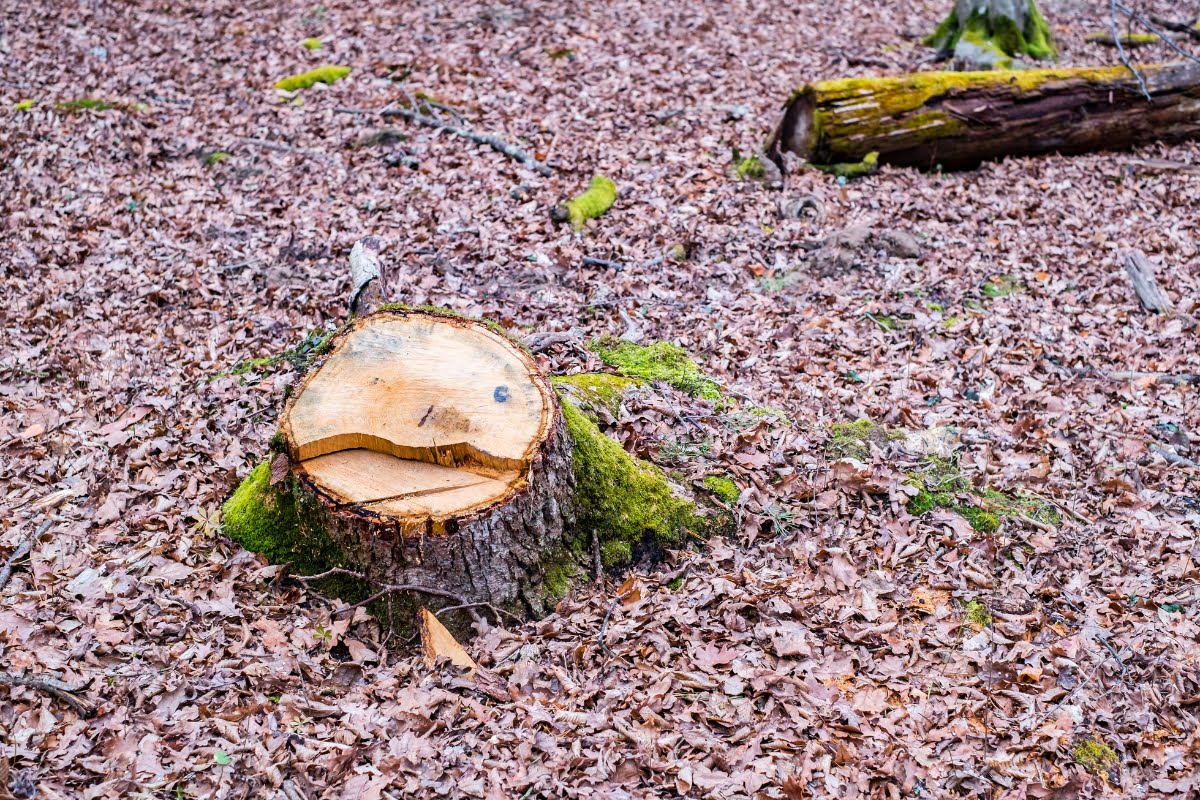
When faced with the task of removing a tree stump, many homeowners find themselves at a crossroads: should they tackle the job themselves with a DIY approach or opt for professional services? Making the right choice between DIY and professional services can have a significant impact on the outcome of the project.
DIY enthusiasts often consider removing a tree stump as a challenging yet rewarding task. With the right tools and knowledge, tackling this project can be a fulfilling experience. However, it’s essential to assess your skills and equipment before embarking on the removal process.
Professional services, on the other hand, offer convenience and expertise. Hiring professionals to remove a tree stump ensures a safe and efficient process. Professional tree removal services have the necessary tools and experience to complete the job quickly and effectively.
When deciding between DIY and professional services for tree stump removal, several factors come into play. Consider the size of the stump, the tools required, and your comfort level with the task. Additionally, factor in the time and effort you are willing to invest in the project.
For those opting for a DIY approach, here are some expert tips and tricks on how to remove a tree stump effectively. Begin by excavating the area around the stump to expose the roots. Use a chainsaw or a stump grinder to cut the roots and loosen the stump. Finally, leverage a winch or heavy-duty equipment to pull out the stump from the ground.
Conclusion: Mastering the Art of Tree Stump Removal
Removing a tree stump requires a combination of knowledge, tools, and determination. By understanding the anatomy of a tree stump and utilizing the right equipment and techniques, you can successfully bid farewell to that stubborn remnant of nature in your backyard.
If you’re looking for the best method to remove a tree stump on your property, trust the experts at Campbell Tree Management Services to handle the job with expertise and efficiency. Our team of experts is dedicated to providing high-quality tree stump removal services to ensure your property remains safe and beautiful.
Contact us today at (770) 286-8058 or go on our website to request a free quote and let us help you reclaim your outdoor space. With our professional assistance, you can bid farewell to unsightly tree stumps and enjoy a pristine landscape once again.
